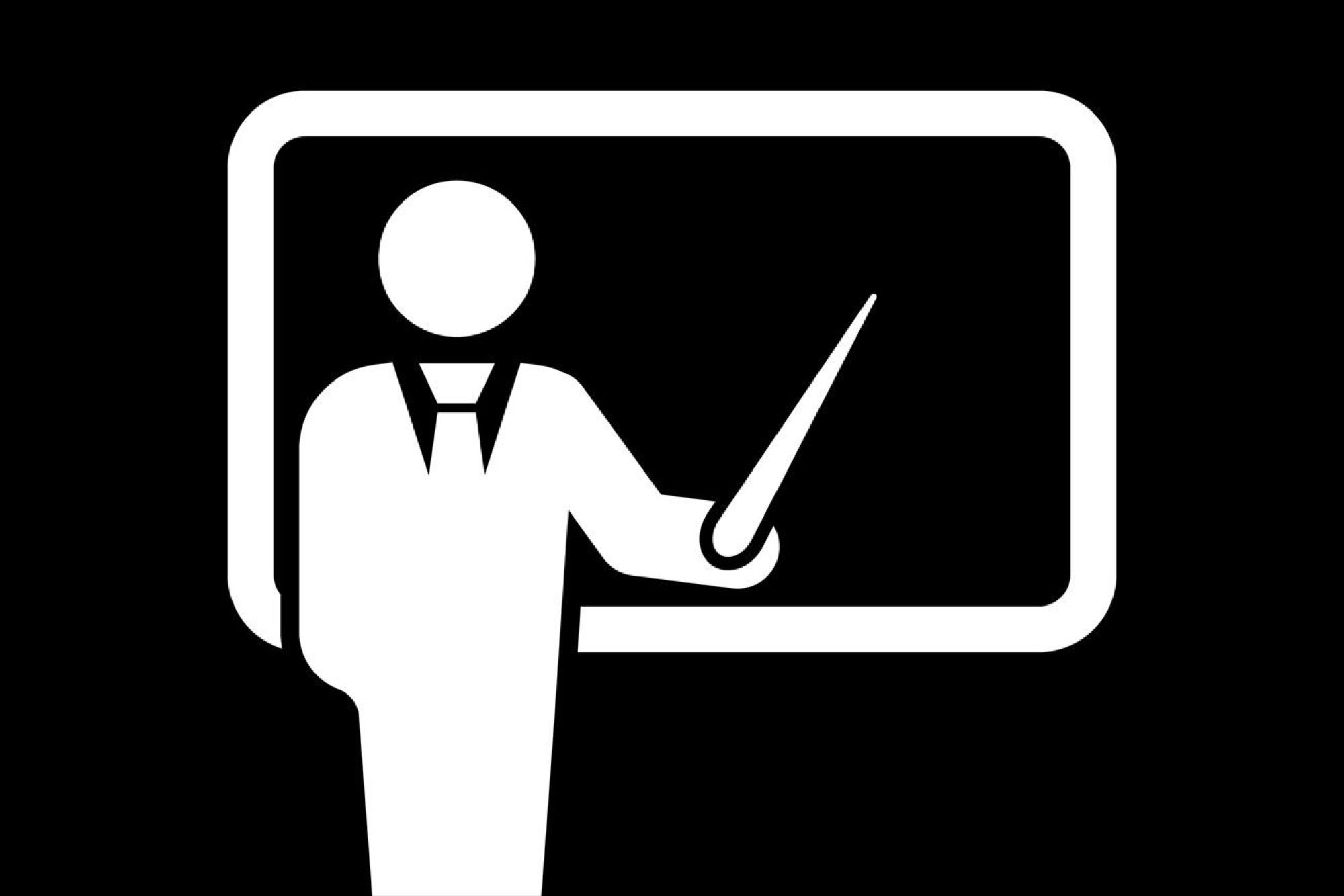6 Critical Lessons From Yahoo Deal For Startups Learn from history so that you don't repeat it.
Opinions expressed by Entrepreneur contributors are their own.
You're reading Entrepreneur India, an international franchise of Entrepreneur Media.

Headlines screamed "The Saddest $5 Billion Deal in Tech History" Would you want your startup to go down in the history with this obituary?
If not, you need to learn from history so that you don't repeat it. Here are six lessons I learnt:
#1 Build around the core offering
Yahoo started off as "Jerry and David's Guide to the World Wide Web" Its core was the search engine and indexed pages. Soon it migrated to being a portal. However, by early 2000s it was obvious that companies which were focused on a core competency would do well. This is a business lesson which has always worked.
Identify the one customer problem you are solving and stick with it. In B2B, either you are increasing revenue or you are decreasing costs. Anything beyond that is fluff.
If you are creating a new App, then, you have to be clear of what is the need of the customer that you are serving. You may have set out to offer one service but you need to be conscious of the changing customer needs.
#2 Change with the times
Portal was hot in 1990s but by 2000, the game was more search and social. Yahoo stuck to the portal idea and wanted to build capabilities within but was never centered on a core offering.
Google has morphed beyond its search engine but all its capabilities have the search at its foundation.
Customer tastes and needs evolve It is important that your business understands this and rebrands with the times. While it is essential that you don't become everything to everyone, but your offering has to make sure that it remains in the forefront of the changing needs of the customer. This also makes sure that your monetization stays current.
#3 Be clear about the monetization model
With the Hotmail story, it was obvious that email service was going to be very different to monetize. Which meant that Yahoo had to focus on its search capability to increase the advertising dollars. However, by sticking to the portal thesis, it wanted to drive maximum traffic and hence, create revenues. It did not happen.
Be clear right from the start where the money is coming from. I always prefer startups that pick the transaction slice in the value chain rather than graft advertising revenues over the work flow. If your monetization is dependent on advertising then make sure you dominate the advertising stream or atleast aim for it. Google and Facebook together control almost 50% of the global online advertising market. Everyone else is competing in the rest. The challenge is how to stay ahead of the curve
#4 Markets and valuation have a similar curve
Yahoo within a few years had a market valuation of $125 billion. It went downhill after that. In 2008, Microsoft bid valued it at $60 billion. It got sold for $4.8 billion.
Investor interest and valuation follow this steep curve upwards. The challenge is can you make it a S curve and keep riding higher valuation (something which Facebook seems to be doing) or do you fall into the online business valuation of a parabolic move up and an almost straight line down. One way to ride the curve is to buyout competition
#5 Keep an eye on competitors
Yahoo tried to buy Google and Facebook both at $1 billion. Today their valuations are $300 billion plus each.
The rule of the business world is simple: acquire or be acquired.
There was a time when google search was available on the yahoo search bar. Looking at the clear potential of Google becoming a bigger competitor, Yahoo should not have thought twice of acquiring them. Look at the price Facebook has paid for WhatsApp and Instagram when it wanted to ramp up its mobile game.
If you have potential competitors in your world, first seek to dominate the space by giving superior value offering. If you cannot, then, you must acquire them and bring them close to your business. You must also look for complimentary technologies which can build your core offering. Be laser focused on your customer.
#6 Aim to serve the customer not to please the press or markets
Yahoo at some time became less focused on how it could serve the customer better and more about looking good in the press or markets. Too many CEO changes and too many internal changes led to employees leaving in droves and difficult to attract cutting edge talent.
The long-term health of a business is the ability to retain its customers.
More customer retention and more usage of your service depends on your fulltime occupation with serving the customers. Find out how your offering serves them and seek to improves it continuously. Design your product in such a way that is a Wow experience from the time they get started: whether it is the first screen on your App or the packaging of your product.
What are your lessons?













